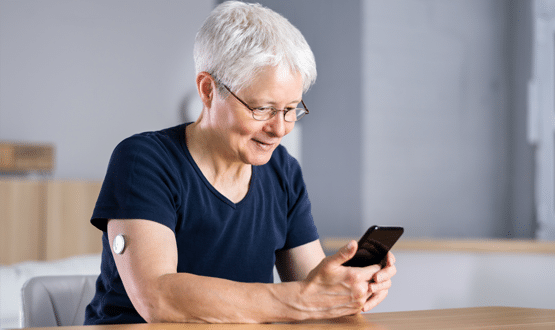GP plans nursing home access to records
- 28 May 2010
A GP is to explore giving nursing home staff electronic access to patient records in a move he claims could save the NHS millions of pounds.
Dr Amir Hannan, a GP in Hyde Cheshire who has pioneered patient access to records, has launched a project to enable a local nursing home to access patient records, make appointments and order repeat prescriptions online.
Dr Hannan told this week’s British Computer Society Primary Healthcare Specialist Group conference that nursing homes were becoming equivalent to the leprosy hospitals of the past, with increasingly dependent patients cut off from the rest of their communities.
He pointed to a recent study of 55 nursing homes in five strategic health authorities, which found that 69.5% of residents had one or more prescribing errors in their medication. He claimed the vast majority of nursing homes had no access to the internet and few computer terminals.
The study, published last year, said the causes of the prescribing errors included doctors who were not accessible and did not know the residents and lacked information in homes when prescribing, inaccurate medicine records and the prevalence of verbal communication.
Dr Hannan claimed that access to GP-held records in homes could reduce prescribing errors, improve care and lead to fewer emergency admissions to hospital.
He told the conference: “The average cost of a week in a nursing home is £577, a week in a residential home is £445 and a day in a hospital is £800 so it is clear that there are massive savings to be made if hospital admissions are cut.”
Dr Hannan said the nursing home he was working with had 90 beds, was registered for dementia and old age and had a two star Care Quality Commission – but had only one computer, which was used by the finance worker.
The manager of the home had only managed to get permission for a second computer in the last few weeks. Dr Hannan added: “The internet seems to stop at the doors of a nursing home."
Dr Hannan said he wanted to enable full access to the patient record in the nursing home, via EMIS Access, and had been working with the Local Care Record Development Board to draw up information governance rules about how the project might work.
These rules include compulsory information governance training for clinicians and a consent model based on providing explicit consent for those who are able, consent via Power of Attorney where appropriate plus a policy for those who are unable to give consent.
Dr Hannan said the LCRB had also been discussing an audit process so that staff would need to log evidence to explain why notes had been accessed on each occasion and how they had been used.
He added: “We have a fantastic opportunity to improve cre for these patients and we need to get on with it now and learn the lessons as we go along.”
In a paper in last month’s Informatics in Primary Care journal Dr Hannan describes how 800 patients in his practice, 7% of the total list, now have online access to their records and says there have been more than 100,000 viewings of the practice web portal.
The paper says there have been “no significant problems” with patient access and adds: “While a number of concerns have been raised regarding the risks of electronic health records, this has not been our experience.
If patients can get a better understanding of their health as well as any diagnosis and treatments then their compliance and concordance may improve.”




